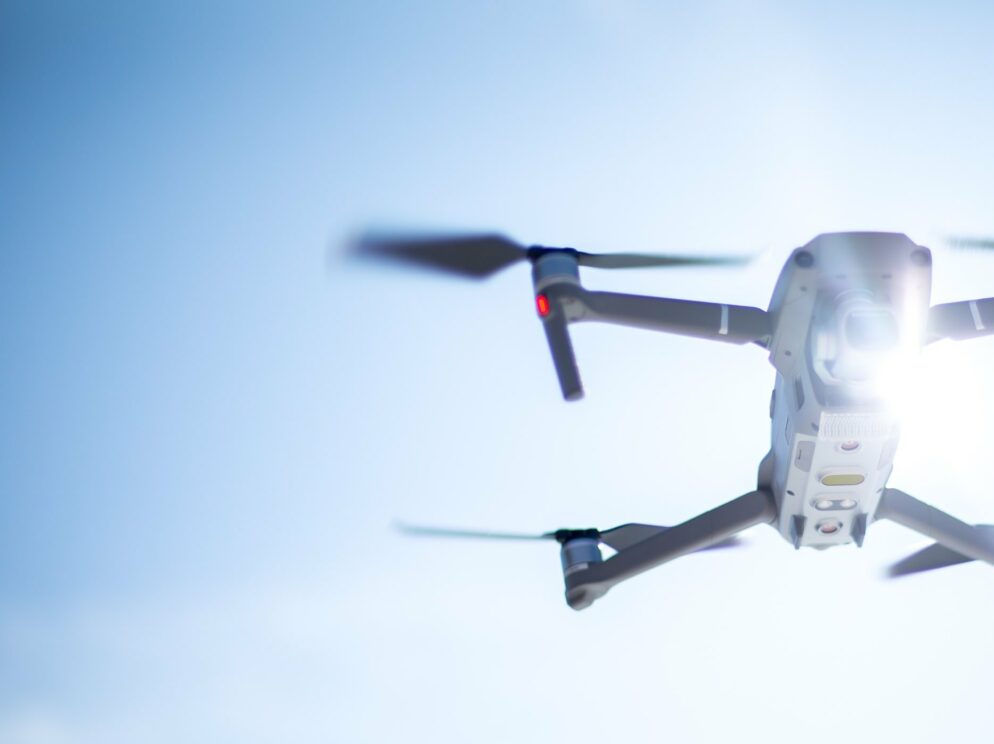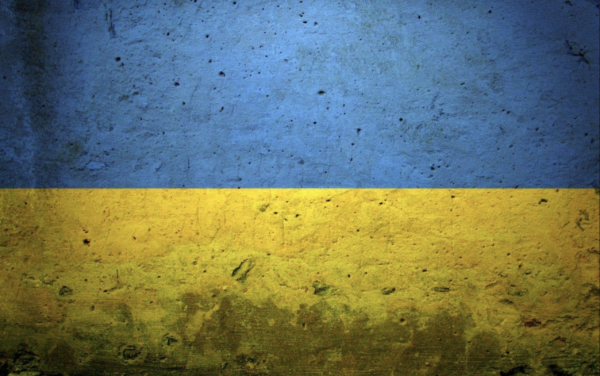EAM Netz, a German network operator, recently concluded tests in the Rheinland Pfalz region, where the goal was to compare traditional power line inspections with novel drone-based solutions. As the importance of electricity is growing in our lives, so does the need for dependable and well-maintained power line infrastructure. Technical innovations could help to ensure that in the future.

LiDAR image of EAM Netz power lines
The tests were done mainly in rural areas, where the scenery changes often and offers different obstacles. With traditional on-foot inspection patrols, the landscape is often a limiting factor. Especially when the terrain becomes impossible to pass for inspectors, such as after bigger storms or during flooding. Largely unaffected by landscape, they fly over power poles, capturing photos of their condition, which are later analyzed in an infrastructure platform. This enables quicker and more accurate inspections. “One of the key possibilities for us was to get a closer and better view of the poles, especially the top view. With traditional inspections, you make decisions based on what you can see from the ground. Here we got a birds-eye view of our assets, which was really helpful, particularly with roof stands. We also used LiDAR and thermal cameras to inspect the power lines, which help to detect hidden defects and examine vegetation. The platform we tested was comfortable to use for our inspectors, forgoing traditional folder and list-based system, thus allowing for quicker analysis” says Jan-Hendrik Amrhein, who led the tests for EAM Netz.

Because drone flights are sensitive in nature and the laws and needed permissions are complex it was important for the success of the project that all concerned stakeholders were informed timely. “We were happy to see that Hepta, our partner in the pilot, took care of all of the permits and notified all parties well in advance.” commented Amrhein. “In the end, the pilot project showed for us that drone-based inspections can be a great alternative to traditional inspections on the ground and we will look to include them into our future inspection procedures,” said Amrhein.

The technology and software used in the tests were provided by Hepta, one of the leaders in drone-based inspection solutions. “For us, EAM Netz represents a perfect client – innovative, inquisitive and focussed on development. We believe that we can give their inspection teams superpowers by providing them with a platform that can streamline their workflow and upgrade their detection capabilities. Instead of relying on time-consuming and error-prone foot patrols, they can collect data with drones and analyse it in our infrastructure platform uBird. This allows them to have a better overview of assets, their defects and make well-informed decisions based on that,” explained Henri Klemmer, the CEO of Hepta.
Christian Müller, CEO of EIT InnoEnergy Germany, one of the investors of Hepta commented: “We’re at the verge of a new industrial revolution that will see skyrocketing demands for renewable energy in almost all sectors. Grids are the circulatory system of that massive transformation and will be under stress more than ever before. We believe that Hepta’s drone-based technology platform opens up completely new horizons for grid operators to detect damages earlier, more efficiently and at less costs.”

About EIT InnoEnergy:
EIT InnoEnergy operates at the centre of the energy transition and is the leading engine for sustainable energy, bringing the technology and skills required to support the green deal and Europe’s decarbonisation goals.
Recognised globally as the most active energy investor and one of the largest climate tech and renewable energy tech investors in 2020, EIT InnoEnergy backs innovations across a range of areas. These include, energy storage, transport and mobility, renewables and sustainable buildings and cities – leveraging its trusted ecosystem of 500+ partners and 23 shareholders.
EIT InnoEnergy is the driving force behind several European initiatives, including the European Battery Alliance (EBA), the European Green Hydrogen Acceleration Centre (EGHAC) and the European Solar Initiative (ESI).
Established in 2010 and supported by the European Institute of Innovation and Technology (EIT), EIT InnoEnergy has offices across Europe and in Boston, US.

